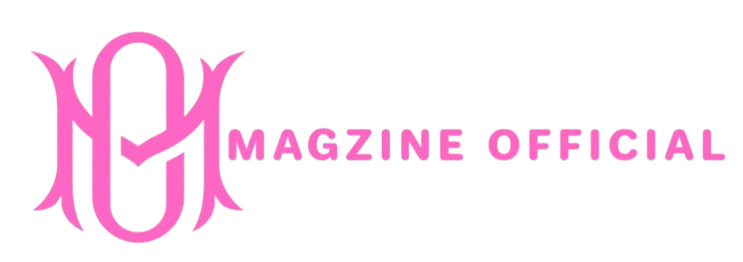ART
The Hidden Tapestry of Art of Zio
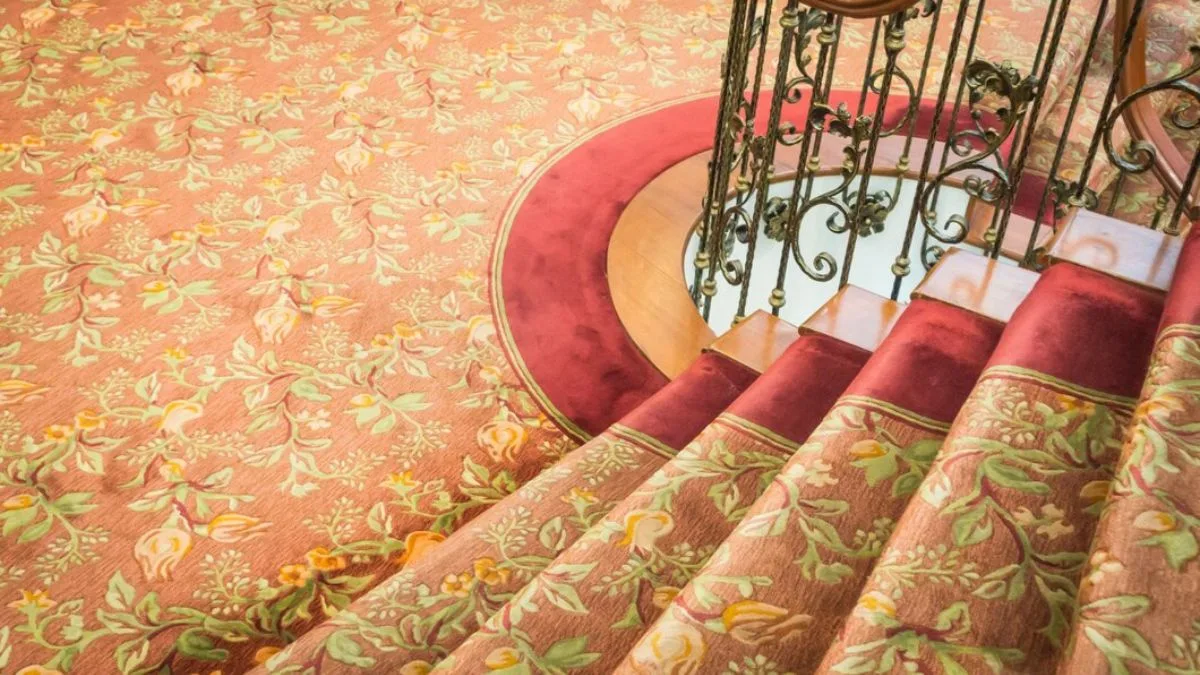
In a world where chaos meets creativity, the concept of “artofzio” emerges as a beacon of structured imagination. But what is artofzio, and why is it becoming a pivotal term in creative and professional circles? This blog post unravels the essence of artofzio, exploring its applications, relevance, and impact on various domains. From art enthusiasts to professionals across industries, understanding artofzio can transform how we approach creativity and innovation.
Demystifying the Essence of Art of Zio
Art of Zio—a term that tantalizes the imagination without revealing too much. At its core, it represents the artful integration of processes and creativity. It is not merely a method but a philosophy that embraces both order and artistry. This dual nature makes it applicable to a wide range of fields, from visual arts to business management. Understanding artofzio starts with appreciating this unique blend of structure and creativity, which encourages innovative thinking while maintaining a disciplined approach.
In practical terms, artofzio can be seen as a framework that helps individuals and organizations harness creativity effectively. It provides the tools necessary to channel imaginative ideas into tangible outcomes. This is achieved by adopting strategic thinking, which allows for flexibility within set parameters. By balancing these elements, artofzio transforms abstract concepts into practical solutions, offering a new lens through which to view challenges and opportunities.
Furthermore, the philosophy of artofzio promotes the holistic development of creative skills. It encourages learning and adaptation, enabling practitioners to stay relevant in a rapidly changing world. By fostering a mindset that values both innovation and consistency, artofzio helps individuals build a robust foundation for creative success. This foundation is crucial for navigating an environment where the only constant is change, and adaptability is key.
The Artistic Revolution in Modern Business
In today’s business landscape, creativity is no longer a luxury—it’s a necessity. The art of zio offers a structured approach to integrate creativity into business processes, driving innovation and growth. It provides a framework that aligns creative thinking with strategic objectives, ensuring that both elements work in harmony to achieve organizational goals. By adopting this philosophy, businesses can unlock new opportunities and remain competitive in an increasingly dynamic market.
Art of zio is particularly valuable in enhancing problem-solving capabilities within organizations. It encourages employees to think outside the box while adhering to set guidelines, resulting in innovative solutions that are both creative and practical. This approach fosters a culture of continuous improvement, where ideas are constantly refined and optimized for better outcomes. Such a culture not only boosts productivity but also enhances employee satisfaction and engagement.
Furthermore, the integration of art of zio into business practices helps organizations build a sustainable model for success. By leveraging creativity as a strategic asset, companies can differentiate themselves from competitors and establish a unique brand identity. This differentiation is crucial in a crowded marketplace, where standing out is essential for attracting and retaining customers. In essence, art of zio empowers businesses to harness the power of creativity, transforming it into a catalyst for growth and innovation.
The Role of Technology in Facilitating Art of Zio
In the digital age, technology plays a significant role in facilitating the implementation of art of zio. From sophisticated software tools to advanced data analytics, technology provides the means to integrate creativity seamlessly into various processes. These tools enable organizations to manage creative projects efficiently, ensuring that they are completed on time and within budget. By streamlining workflows, technology allows creative teams to focus on what they do best—innovating.
One of the key benefits of using technology in art of zio is the ability to access real-time insights and feedback. This allows for agile decision-making, where strategies can be adjusted swiftly in response to changing circumstances. By facilitating collaboration and communication, technology ensures that all stakeholders are aligned and working towards common goals. This alignment is critical for achieving the desired outcomes and maximizing the potential of creative endeavors.
Additionally, technology enhances the scalability of art of zio practices, making them accessible to organizations of all sizes. Whether it’s a small startup or a multinational corporation, technology provides the tools needed to implement art of zio effectively. This democratization of creative processes enables more businesses to benefit from the advantages of structured creativity, fostering innovation across industries. Ultimately, technology serves as a catalyst for the widespread adoption of art of zio, paving the way for a more creative and dynamic business landscape.
Cultivating a Culture of Creativity and Innovation
For art of zio to thrive, it must be supported by a culture that values creativity and innovation. Organizations must create an environment where employees feel empowered to explore new ideas and take calculated risks. This involves fostering a mindset that embraces experimentation and learning from failure, recognizing that mistakes are an inevitable part of the creative process. By cultivating such a culture, organizations can unlock the full potential of their creative talent.
Leadership plays a crucial role in promoting a culture of creativity and innovation. Leaders must lead by example, demonstrating a commitment to the principles of art of zio and encouraging others to do the same. This involves providing the necessary resources and support for creative initiatives, as well as recognizing and rewarding innovative contributions. By prioritizing creativity at the highest levels, organizations send a clear message that it is a valued and integral part of their operations.
Furthermore, organizations must invest in continuous learning and development to nurture creativity and innovation. This includes providing training and development opportunities that enhance creative skills and knowledge. By equipping employees with the tools and techniques needed to succeed in a creative environment, organizations can ensure that they remain competitive and adaptable. Ultimately, cultivating a culture of creativity and innovation is essential for the successful implementation of art of zio, enabling organizations to achieve their strategic objectives and thrive in a rapidly changing world.
Art of Zio in Action: Real-World Applications
The principles of art of zio can be applied across a wide range of industries and sectors, demonstrating its versatility and relevance. In the world of design, art of zio provides a framework for balancing aesthetics with functionality, resulting in products that are both visually appealing and practical. By integrating creativity into the design process, organizations can create unique and innovative solutions that meet the needs of their customers.
In the realm of marketing and advertising, art of zio offers a strategic approach to developing compelling campaigns that resonate with target audiences. By aligning creative concepts with business objectives, organizations can create impactful marketing messages that drive engagement and conversions. This approach ensures that creativity is not just an afterthought but a central component of the marketing strategy, maximizing its effectiveness.
The principles of art of zio can also be applied in the field of education, where creativity is essential for fostering a dynamic and engaging learning environment. By incorporating creative teaching methods and techniques, educators can inspire students to think critically and solve problems effectively. This approach not only enhances the learning experience but also prepares students for success in an increasingly complex and interconnected world. In essence, art of zio provides a roadmap for integrating creativity into various aspects of education, enriching the lives of both teachers and students.
The Future of Art of Zio
Looking ahead, the future of art of zio is promising, with endless possibilities for its application and evolution. As technology continues to advance and the world becomes more interconnected, the demand for structured creativity will only increase. Organizations that adopt the principles of art of zio will be well-positioned to capitalize on new opportunities and drive innovation in their respective fields.
One exciting area of development is the integration of artificial intelligence and machine learning into art of zio practices. These technologies have the potential to enhance creativity by automating routine tasks and providing valuable insights into customer preferences and market trends. By leveraging AI and machine learning, organizations can make more informed decisions and develop creative solutions that are tailored to the needs of their customers.
Additionally, the rise of remote work and virtual collaboration presents new opportunities for the implementation of art of zio. With the right tools and strategies, organizations can foster creativity and innovation among distributed teams, overcoming geographical barriers and enabling seamless collaboration. This shift towards a more flexible and decentralized work environment will require organizations to adapt their creative processes and practices, ensuring that they remain effective and relevant in the digital age.
Conclusion
In conclusion, art of zio represents a powerful approach to integrating creativity into various aspects of modern life. By balancing structure and creativity, it provides organizations with the tools and techniques needed to drive innovation and achieve their strategic objectives. Whether in business, education, or the arts, the principles of art of zio offer valuable insights and practical solutions for harnessing the full potential of creativity. As we look to the future, the continued evolution and application of art of zio hold exciting possibilities for shaping a more dynamic and innovative world. For those interested in further exploring this fascinating concept, there are numerous resources and communities dedicated to the study and practice of art of zio, offering valuable support and guidance along the way.
ART
Culture Writer Rachel Crossword: Merging Culture and Puzzle Mastery
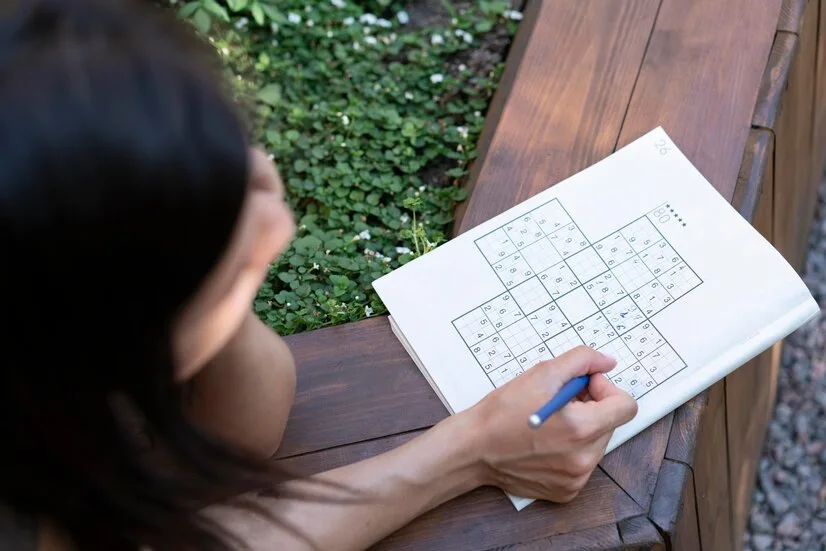
Crossword puzzles have made a spectacular comeback in recent years, captivating minds and sparking interest across all generations. They offer not just a challenge, but also a delightful way to explore language, culture, and even history. Among the talented individuals who are redefining the crossword scene is Rachel Crossword—a remarkable culture writer known for her unique blend of storytelling and puzzle crafting.
With each clue she carefully constructs, Rachel transports solvers into vibrant worlds filled with art, literature, music, and more. Her ability to weave cultural references into every grid makes her work stand out in an ever-evolving landscape of wordplay. If you’ve ever wondered how one person can bridge the gap between intricate puzzles and rich cultural narratives, you’re about to discover what makes Rachel Crossword so special.
The Rise of Crossword Puzzles
Crossword puzzles have surged in popularity, captivating a diverse audience worldwide. What began as a simple pastime has transformed into an engaging mental workout that many people now cherish.
The digital age played a significant role in this resurgence. Mobile apps and online platforms have made crosswords more accessible than ever. No longer confined to newspapers, they can be solved anytime, anywhere.
Additionally, the pandemic sparked a renewed interest in home-based activities. Many turned to puzzles as a way to challenge themselves while staying entertained indoors. This trend encouraged social connections too; families gathered around kitchen tables or shared their completed grids online.
As crossword constructors innovate with themes and styles, audiences are eager for fresh content that reflects contemporary culture. It’s this blend of tradition and modernity that keeps crossword puzzles alive and thriving today.
Meet Rachel Crossword: A Culture Writer and Puzzle Master
Rachel Crossword is not your typical culture writer. With a knack for storytelling, she weaves intricate narratives that breathe life into art, literature, and music.
Her journey began in the vibrant streets of New York City. Here, Rachel discovered her love for both words and puzzles. The eclectic atmosphere fueled her creativity.
As a puzzle master, Rachel dives deep into cultural themes. Each crossword she creates reflects her passion for diverse subjects—from classic literature to contemporary trends. Her crosswords are more than just entertainment; they challenge minds while celebrating various cultures.
Fans appreciate how she intertwines knowledge with fun. Solving one of Rachel’s puzzles feels like embarking on an intellectual adventure through different worlds and ideas.
With every grid filled with clues, Rachel invites others to explore the richness of culture through the satisfying art of puzzle-solving.
How Rachel Combines her Love for Culture and Puzzles
Rachel Crossword has a unique approach to her craft. She seamlessly weaves elements of culture into the intricate patterns of crossword puzzles. Each clue she creates reflects her passion for art, literature, and history.
Incorporating cultural references allows Rachel to engage puzzlers on multiple levels. Her clues often highlight influential figures or significant events that shaped societies. This not only challenges solvers but also educates them along the way.
Additionally, Rachel draws from global traditions and diverse languages in her puzzle-making process. This multicultural perspective enriches each grid with layers of meaning, inviting players to explore beyond mere wordplay.
Her keen eye for detail ensures that every puzzle tells a story—one that resonates with enthusiasts who appreciate both the challenge and the cultural context behind it. Through this fusion, Rachel transforms traditional puzzles into vibrant explorations of human experience.
Benefits of Merging Culture and Puzzle Solving
Merging culture and puzzle solving offers a unique intellectual experience. It sharpens critical thinking as players navigate through cultural references, historical events, and artistic movements.
Engaging with diverse cultures enriches vocabulary. Solving clues rooted in language or tradition expands linguistic skills while also fostering appreciation for different perspectives.
This combination stimulates curiosity. When faced with a challenging clue about an unfamiliar topic, the desire to learn more often arises. Each puzzle becomes an invitation to explore new realms of knowledge.
Social connections flourish too. Sharing insights about cultural puzzles can spark discussions among friends or online communities, creating bonds over mutual interests.
It provides entertainment that’s both rewarding and educational. As you solve each piece of the puzzle, there’s a sense of accomplishment tied not just to completing it but understanding the world better through its intricate layers.
Tips for Creating your own Cultural Crosswords
Creating your own cultural crosswords can be an exciting challenge. Start by selecting a theme that resonates with you—be it art, music, literature, or local traditions.
Next, gather relevant terms and clues. Research is essential; delve into various cultural aspects to find intriguing words that fit your theme. Aim for a mix of easy and challenging entries to keep puzzlers engaged.
Consider the grid layout carefully. Ensure the puzzle flows well with interconnected answers. Utilize software tools or even graph paper to visualize your design.
Test your crossword on friends or family before finalizing it. Their feedback can help you refine clues and improve overall difficulty levels while ensuring it’s enjoyable for all solvers!
Conclusion: Embracing the Intersection of Culture and Puzzles with Rachel Crossword
The world of puzzles has evolved significantly, and culture writer Rachel Crossword stands at the forefront of this delightful intersection. Her unique ability to weave rich cultural narratives into engaging crossword puzzles not only entertains but also educates.
By exploring various themes through her work, Rachel invites us to dive deeper into our own understanding of art, history, and society while sharpening our cognitive skills. The benefits are clear: we become more culturally aware individuals as we engage with different perspectives through each clue.
Creating your own cultural crosswords can be a rewarding experience that fosters creativity and community engagement. By incorporating elements that resonate with your interests or local culture, you can develop something truly unique.
Rachel’s approach showcases how enriching it is when two worlds collide—culture and puzzles unite to create an inspiring platform for growth and exploration. Whether you’re a seasoned puzzle enthusiast or just starting on this journey, embracing these intersections leads to endless possibilities in both play and discovery.
-
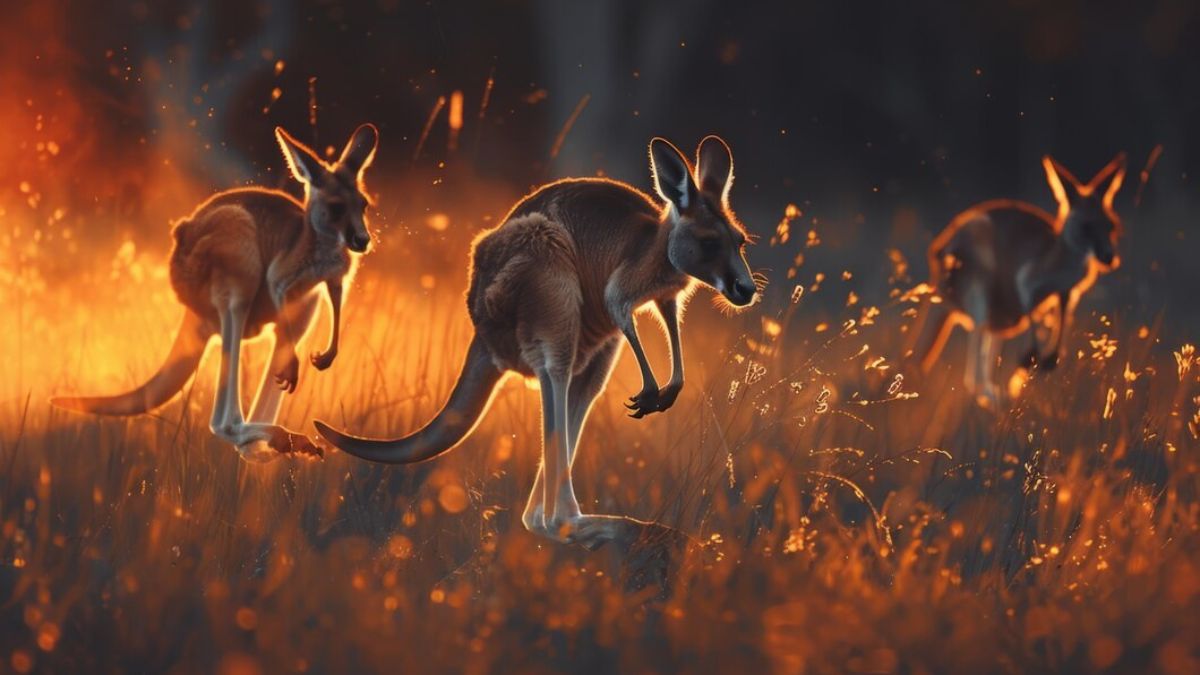
 GAME6 months ago
GAME6 months agoMastering the Fire Kirin Login Experience
-

 BLOG8 months ago
BLOG8 months agoPepper0 Mother and Son
-

 BUSINESS8 months ago
BUSINESS8 months agoWhy Your Business Needs an Elite Eagle Product Partner for Growth
-
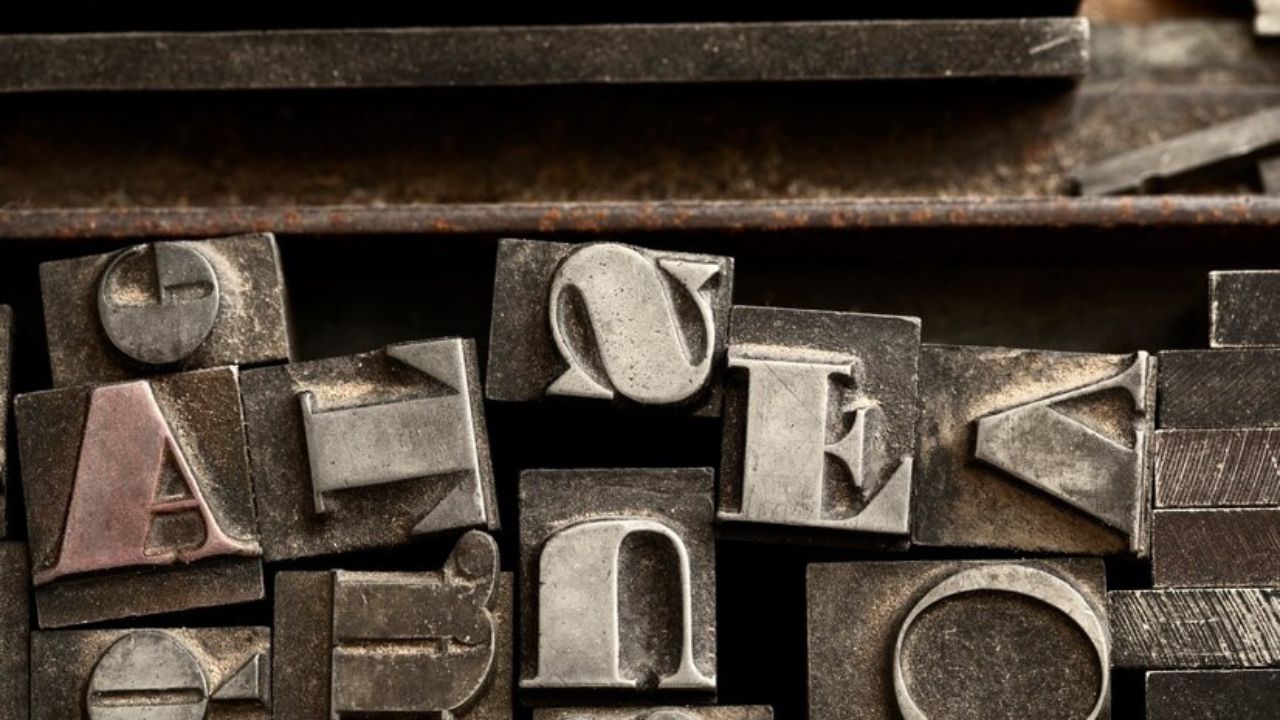
 FASHION10 months ago
FASHION10 months agoold fashioned news source nyt crossword
-
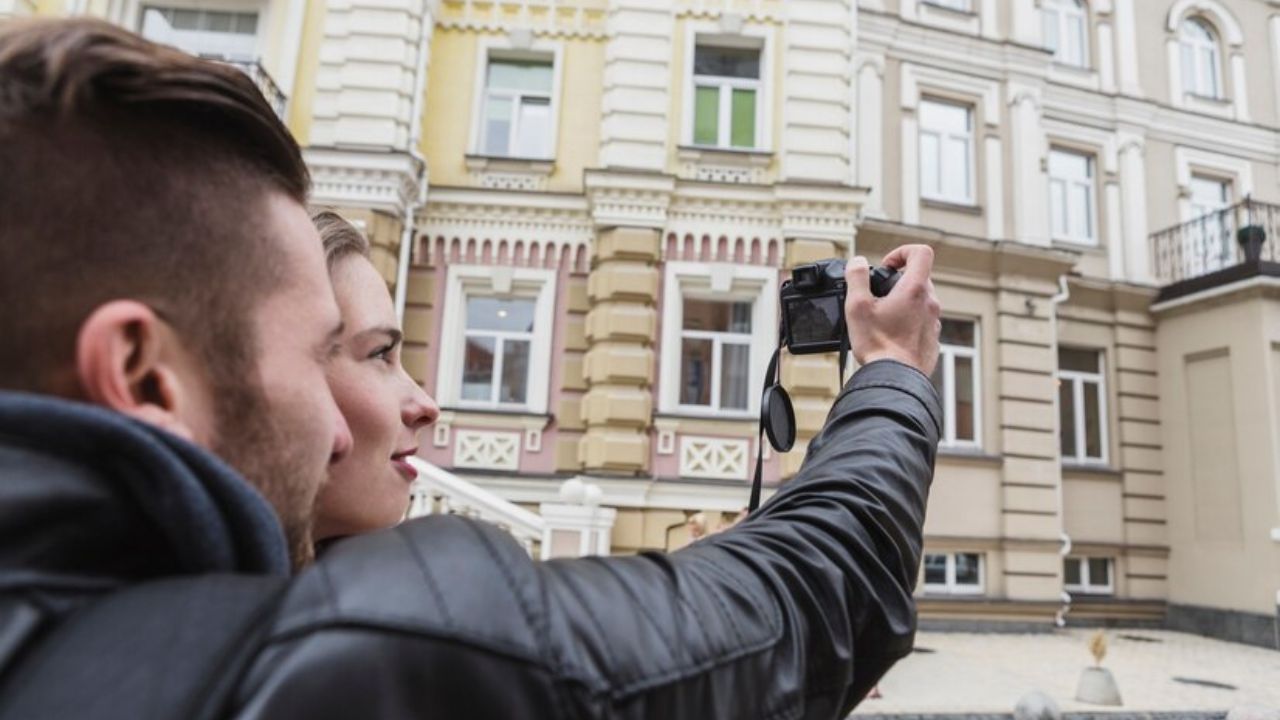
 BLOG10 months ago
BLOG10 months agoCzech Harem: Understanding the Controversial Phenomenon
-
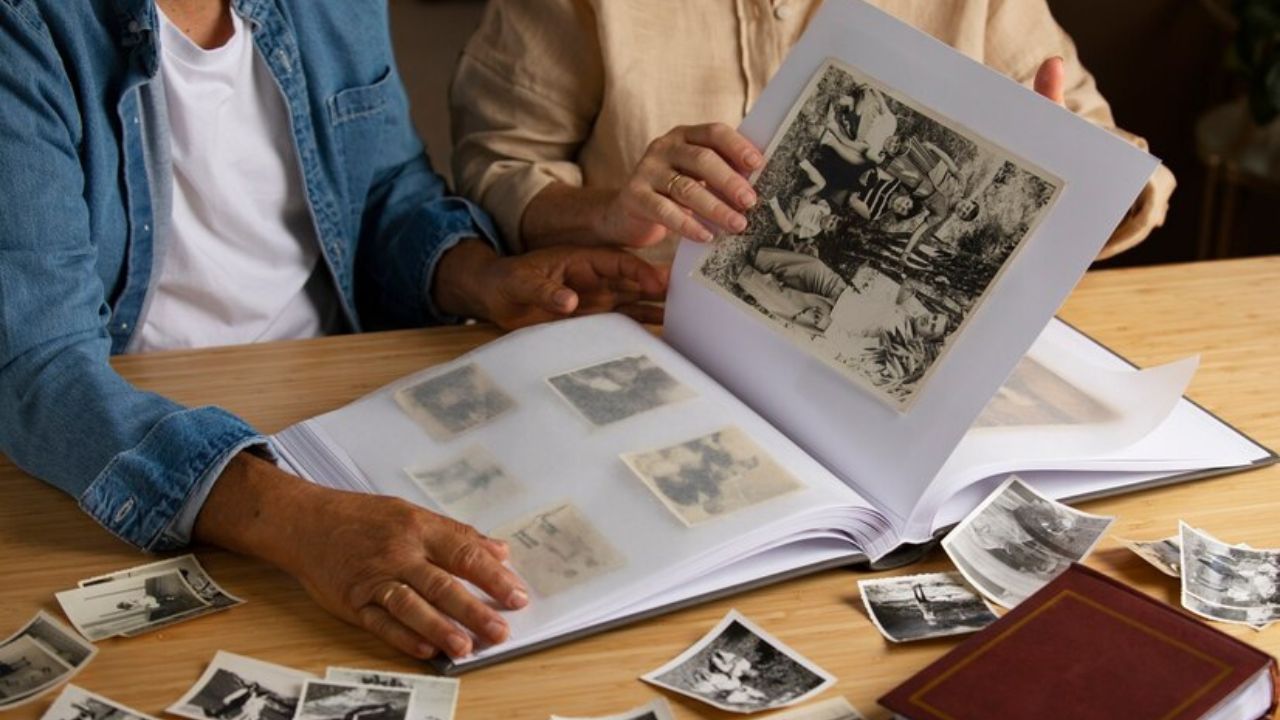
 BLOG10 months ago
BLOG10 months agoBunkr Albums: A Comprehensive Guide
-

 NEWS10 months ago
NEWS10 months agospencer new york news: A Comprehensive Guide
-

 BLOG7 months ago
BLOG7 months agoEntreTech.org: Empowering Entrepreneurs Through Technology
